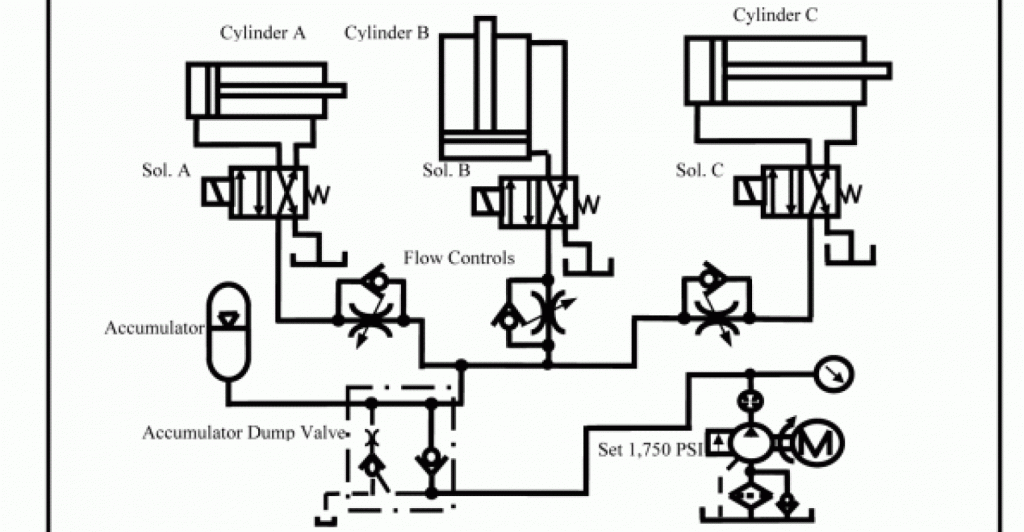You can find a hydraulic system in just about every mechanical system on the market. From air seeders to busses and cars to turf cutters, hydraulic systems are major components of ensuring these mechanical products work properly. Using perfectly designed components and properly located tools, hydraulic systems should minimize the amount of heat and regularly operate with basic maintenance.
Primary Components
At the heart of any hydraulic system is the power pack which comprises an air breather, oil reservoirs, pump, motor, and a variety of other components. Other essential parts include the direction control valve, actuator, hoses, and various other control valves. The mechanical components of the system include the reservoir, which stores fluid and protects from contamination and the primary energy source which supplies mechanical energy to the pump. Typical energy sources include a combustion engine, a 3-phase AC motor or a DC motor powered by batteries. The energy source converts energy into mechanical energy which is transferred to the pump to create pressure and flow (hydraulic energy).
The pump creates hydraulic energy using the common reciprocating piston pump, gear pump or vane pump. The unit then determines the power of the system and chooses the maximum pressure and flow rate limits that can be created by the system. The pressure relief valve is a normally closed safety valve for the system. As pressure increases past the predetermined limit, the relief valve bypasses the hydraulic fluid into a storage tank to relieve pressure below the maximum amount.
Management Components
One of the most important components in a hydraulic system is the filter which prevents contamination within the system to ensure efficient operation with minimal maintenance. On the side of the pump is a suction line filter that blocks contaminants from entering the fluid. Dust particles entering through the air breather can contaminate the system. These particles enter due to the continuous use and wear on the system. Hydraulic systems that do not utilize filters are subject to the following issues:
- Abrasive particles wearing crucial components, valves, and seals
- A decrease in flow rate
- Excessive wear of the hydraulic pump
- A rise in fluid viscosity
A purity of zero is not the target number. Instead, a small number of impurities can prevent leakage in the system by clogging small holes. Furthermore, pure fluid increases the overall cost of the system.
The air breather operates as a non-return valve. When the hydraulic pump loads liquid, the reservoir generates a vacuum which decreases the pump head and can lead to cavitation. The air breather limits the amount of vacuum in the chamber. As a normally closed valve, the breather allows airflow when reservoir pressure drops below atmospheric pressure.

